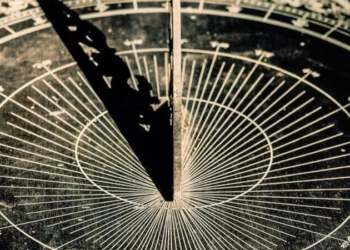Interestingly, throughout world history, there are extremely famous figures who were buried in unmarked graves. Why is that?
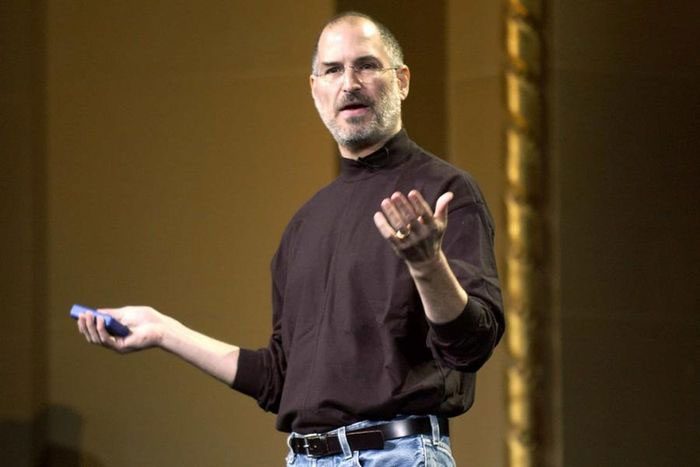
Even Siri – Apple’s virtual assistant cannot tell you the location of Steve Jobs, the co-founder of Apple. It is only known that he was buried somewhere in the Alta Mesa Cemetery in Palo Alto, California, USA, in 2011.

Despite being well-known and loved by many, Steve Jobs valued his privacy and may have chosen a quiet final resting place to avoid attention.

In 2015, King Abdullah of Saudi Arabia passed away and was laid to rest in an unmarked grave, as his faith prohibits turning the final resting place into a site of veneration.

Despite strict regulations, a large number of mourners gathered at the Al Oud Cemetery in Riyadh, demonstrating the respect they had for the king.
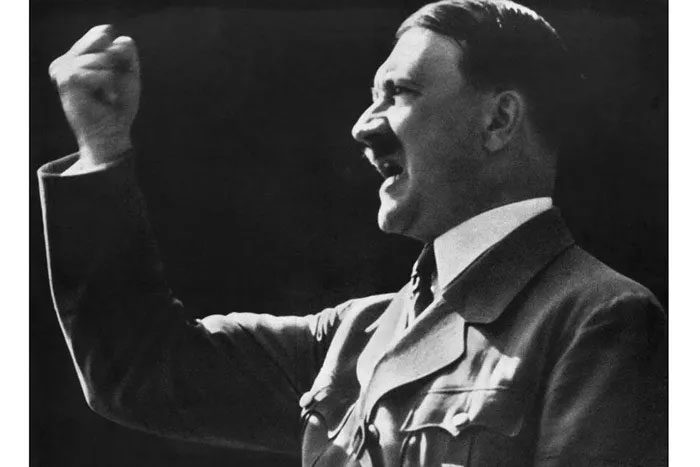
For the fascist leader Adolf Hitler, after the Soviet Red Army confirmed that he and his wife committed suicide on April 30, 1945, their ashes were secretly buried in a forest in Berlin until 1946.

In 1970, concerned that this site could inspire neo-Nazi organizations, Russian security agencies exhumed the grave and scattered the ashes into a river to eliminate any trace of the fascist leader Hitler.
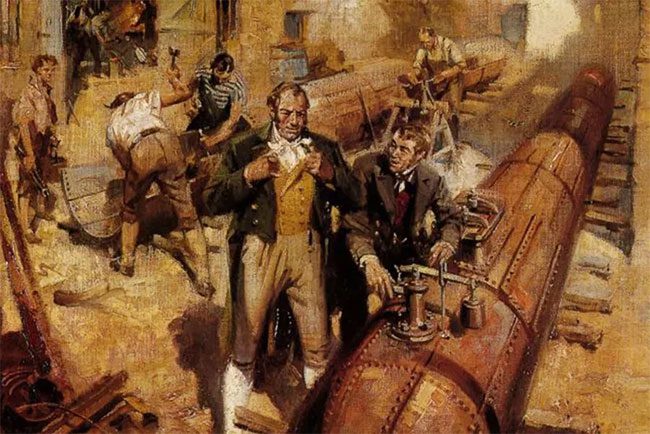
Richard Trevithick (1771-1833) was a famous British inventor. His most significant contribution was the development of the first high-pressure steam engine. He also built the first full-scale railway steam locomotive.

However, by the end of his life, Richard Trevithick went bankrupt and was left with nothing. He was buried in an unmarked grave in Dartford, England.
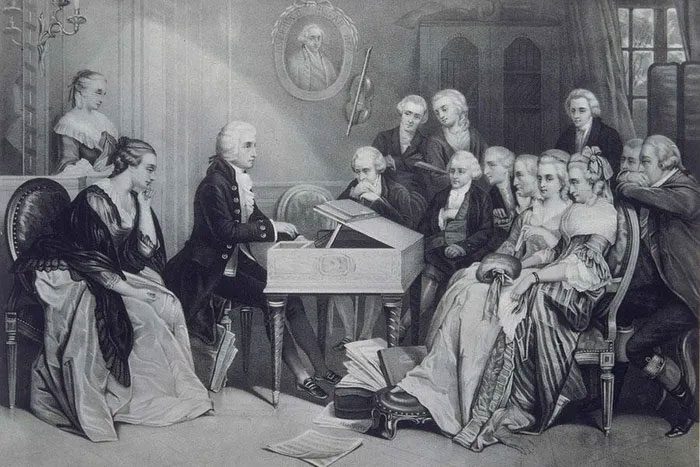
The burial site of Wolfgang Amadeus Mozart (1756-1791), one of the most famous composers of all time, has no headstone. The reason is that this was a common burial ground, and after a period, the remains would be moved to make way for others.
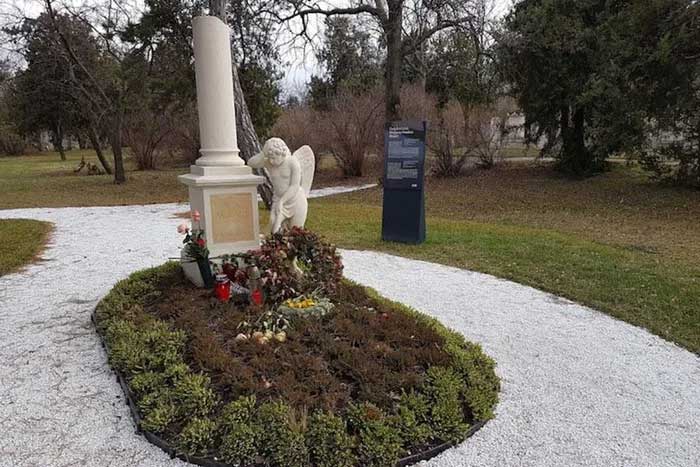
It is suspected that Mozart’s remains currently lie beneath his memorial stone at Friedhof Wien St. Marx (Friedhofspark) in Vienna, Austria. This site has become a monument to commemorate the composer.

Passing away at the age of 67 in 1519, the artist Leonardo da Vinci was buried beneath a church that was destroyed during the French Revolution. Although his official resting place is now Chateau d’Amboise in France, it remains uncertain whether this is indeed Da Vinci’s remains.
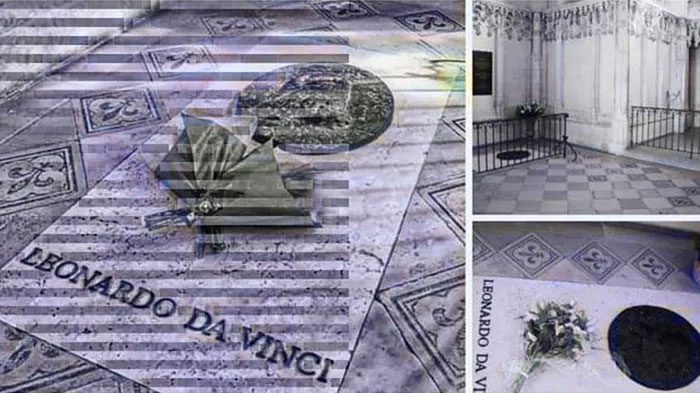
Scientists wish to conduct DNA testing on the remains, but since Leonardo Da Vinci never had children, this poses a significant challenge.
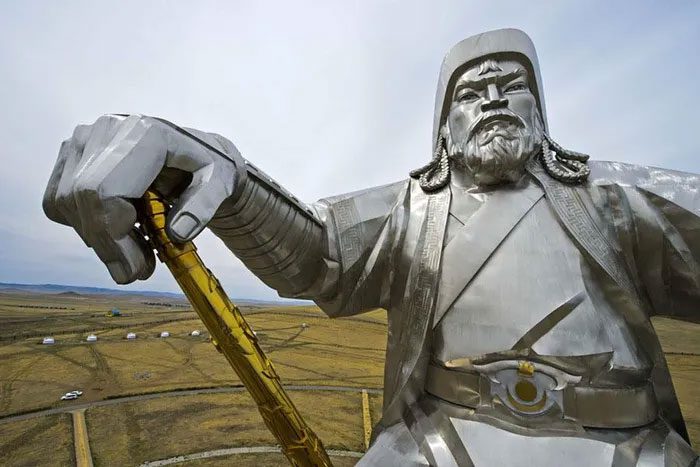
Genghis Khan (1155-1227), the renowned leader of the Mongol Empire, entered world history. However, even with his fame and success, it is said he desired a quiet resting place.
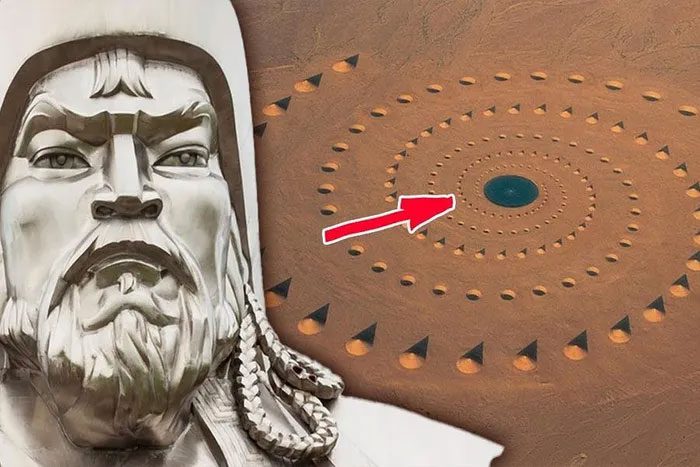
This was quite brutal. Genghis Khan ordered his soldiers to eliminate all those who attended his funeral and those responsible for constructing his burial site.

Alexander the Great, one of the most talented generals in the world, embarked on a decades-long mission of conquest from Greece to India. He died in Babylon in 323 BC, and his tomb in Egypt was likened to a temple of a god.
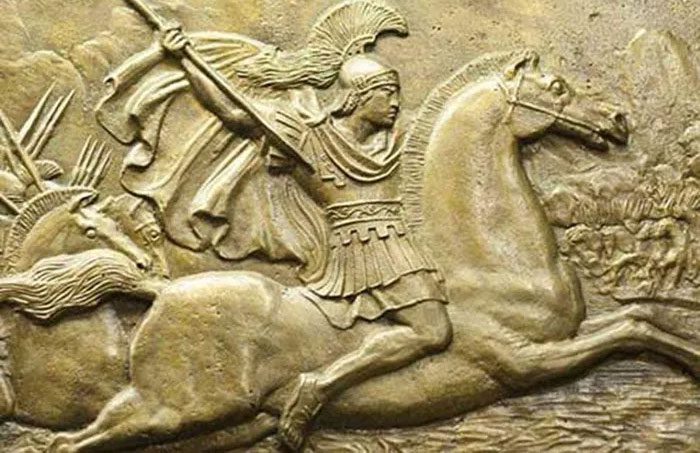
The tomb was looted multiple times. By 190 AD, Emperor Septimus Severus sealed the tomb to ensure its safety. Many searches have been conducted, but to this day, no one has found this tomb, and many believe it lies somewhere in Alexandria.
- The drink Japanese women often consume before meals to maintain their figure, widely available in Vietnamese markets but should be used with caution
- New shocking research: Before modern humans, did another species already know how to speak?
- The British Museum issues a new statement about the gender of Roman emperors








































